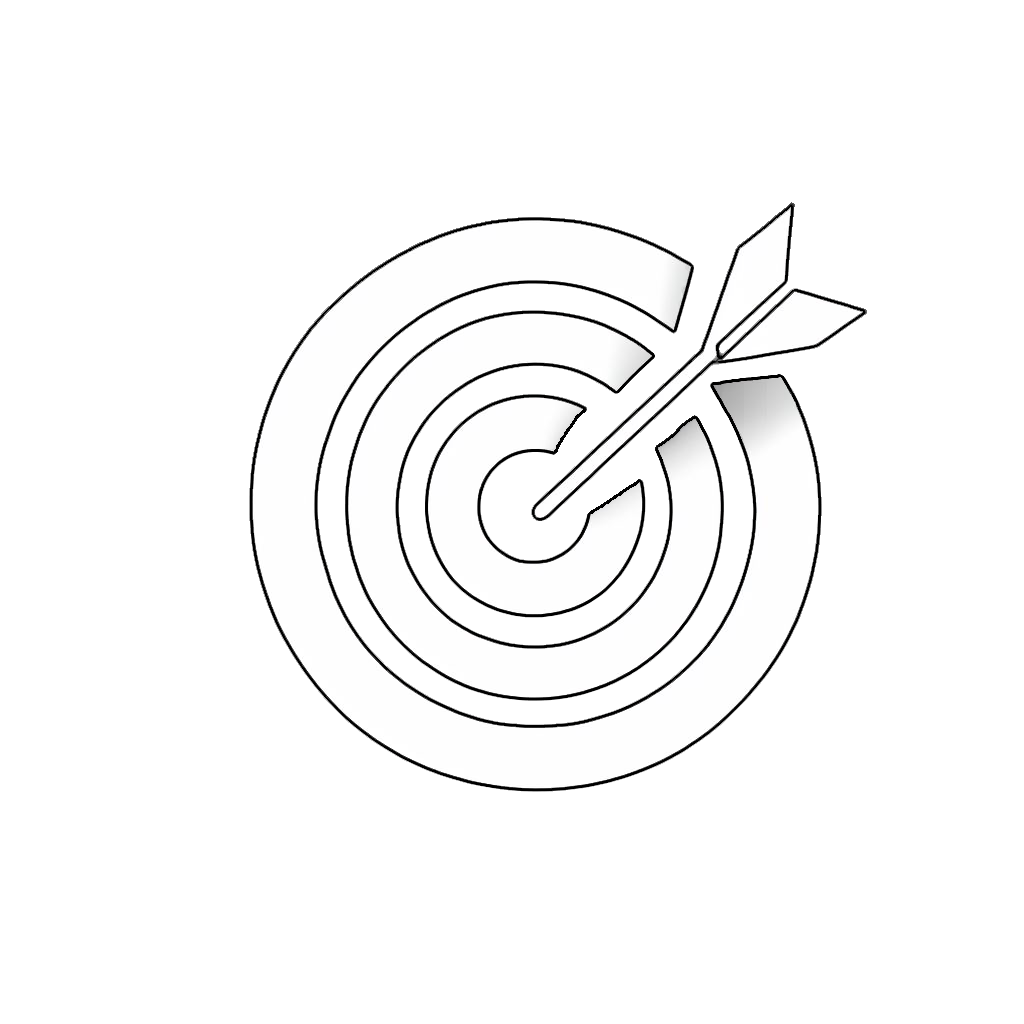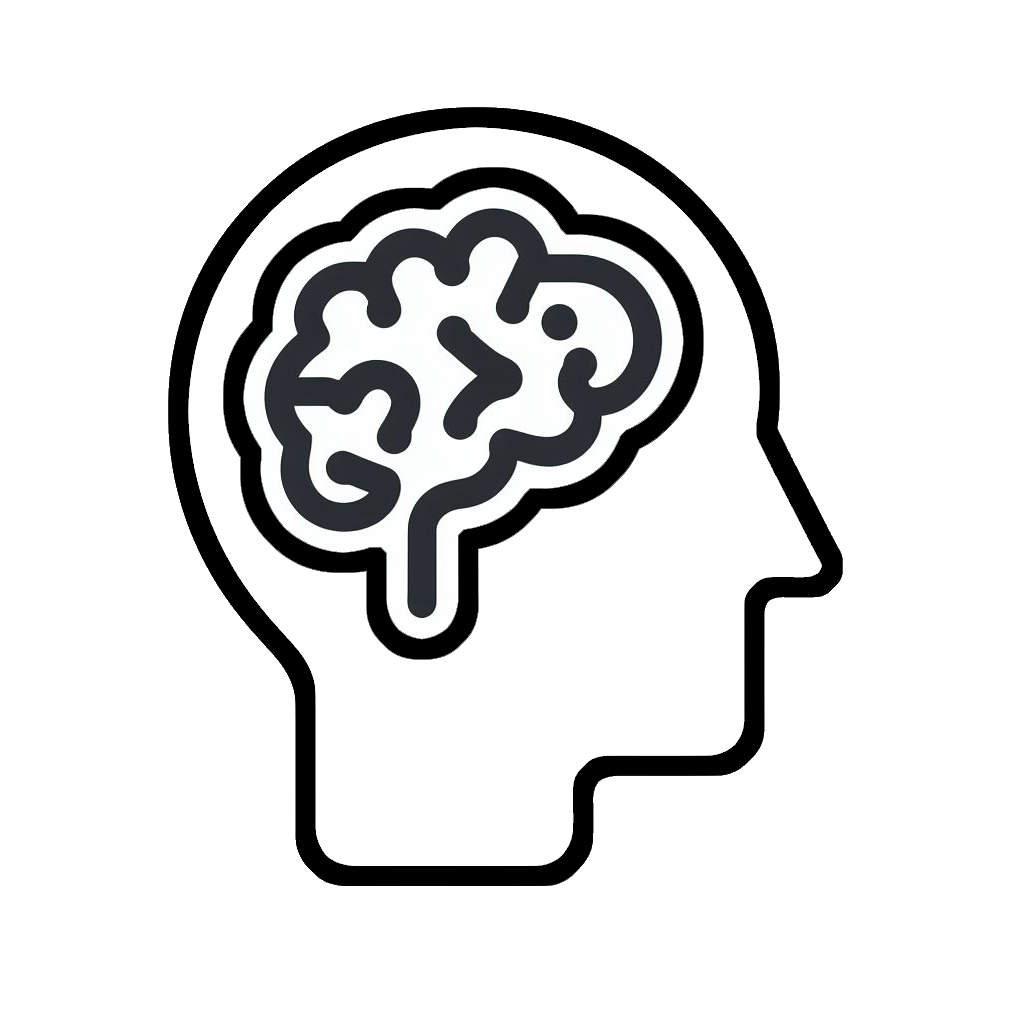Module 3: The Historical Landscape of Disability and Special Education
 Module 3 Outcomes
Module 3 Outcomes
- MLO 3.1: Explain how the historical and philosophical development of special education in the United States has informed current laws and practices. (CLO III, InTASC 4j, 9j)
- MLO 3.2: Identify practices and perspectives in special education that can potentially perpetuate bias. (CLO III, InTASC 9i)
- MLO 3.3: Describe ways that historical context and awareness of bias in special education can inform equitable practices. (CLO III, InTASC 9o, 10l)
People with disabilities have not always been eligible to receive public education. Only recently did federal laws change to require public schools to provide education to all students, regardless of their intellectual abilities. Before this expectation, people with disabilities were marginalized in the worst ways imaginable – placed in poorhouses, training schools, and asylums. This segregation meant that the general public did not interact with people with disabilities, and people with disabilities did not interact with the general public. As a result, the public knew very little about people with disabilities and their experiences, which made shedding light on the ethical issues faced by those with disabilities challenging.
Once exposed to the living conditions within poorhouses and asylums, people spoke out and advocated on behalf of people with disabilities. This advocacy helped shift public perception and new laws emerged. Without people’s curiosity regarding the cognitive abilities of those with disabilities and their desire to provide equitable educational experiences to all children, this change may never have occurred.
In this module, you will create an interactive timeline of the history of special education, beginning with the 1800s and ending with the current day. You will meet key philosophers and changemakers in the special education field and learn about the key laws that provide the backbone for students with disabilities.
 Preparing to Learn
Preparing to Learn
Comparing the Past to the Present
As you watch this brief video, consider the following:
- How were people with disabilities treated in the past?
- What happened to recognize that people with disabilities have rights?
- Who were the people involved in making positive changes for people with disabilities?
- How are people with disabilities treated differently in current times compared to how they were treated in the 1970s? 2000s?
References
Examine the historical and philosophical foundations of special education.
Knowledge. The teacher understands major concepts, assumptions, debates, processes of inquiry, and ways of knowing that are central to the disciplines s/he teaches.
Knowledge. The teacher understands laws related to learners’ rights and teacher responsibilities (e.g., for educational equity, appropriate education for learners with disabilities, confidentiality, privacy, appropriate treatment of learners, reporting in situations related to possible child abuse).
Knowledge. The teacher understands how personal identity, worldview, and prior experience affect perceptions and expectations, and recognizes how they may bias behaviors and interactions with others.
Disposition. The teacher understands the expectations of the profession including codes of ethics, professional standards of practice, and relevant law and policy.
Knowledge. The teacher understands schools as organizations within a historical, cultural, political, and social context and knows how to work with others across the system to support learners.
